Sergey Suchkov, R&D Director of the National Center for Human Photosynthesis, Mexico
A new healthcare-related systems approach resulted in a new trend in the healthcare services, namely, personalized and precision medicine (PPM). In this sense, despite breakthroughs in research, the translation of discoveries into therapies for patients has not kept pace with hea [....] » Read More

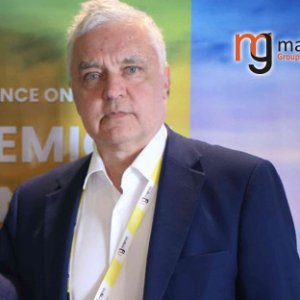
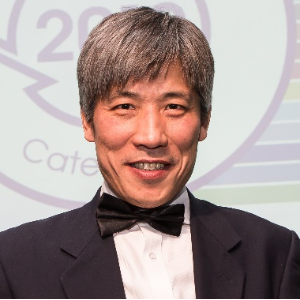


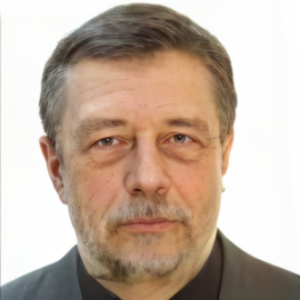





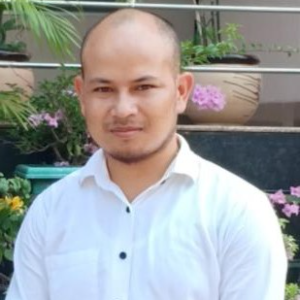

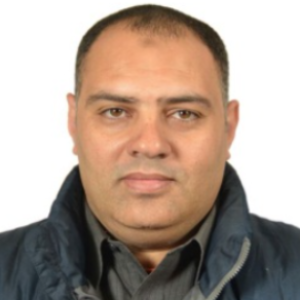
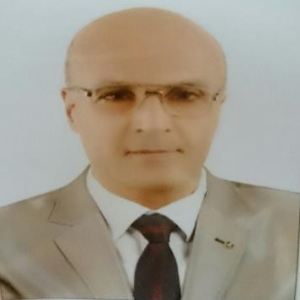
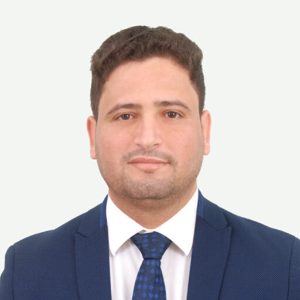

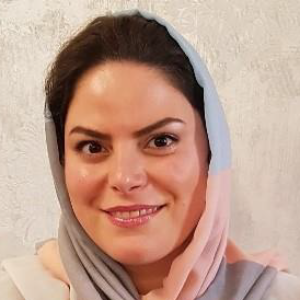
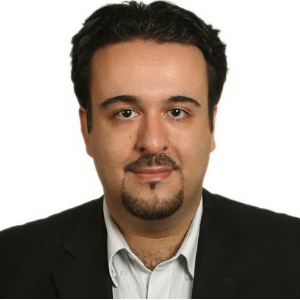

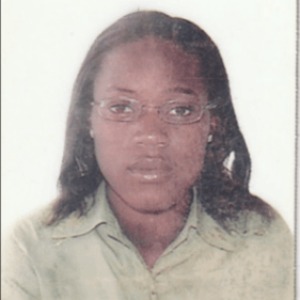






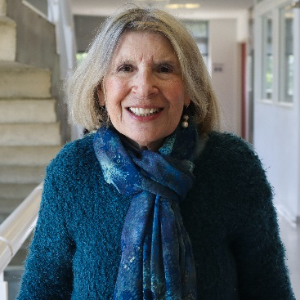
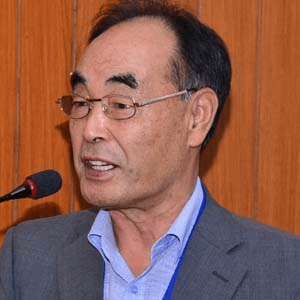

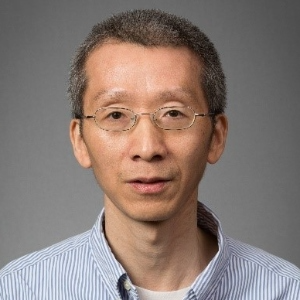
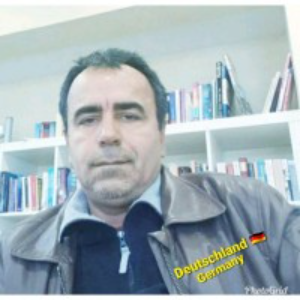
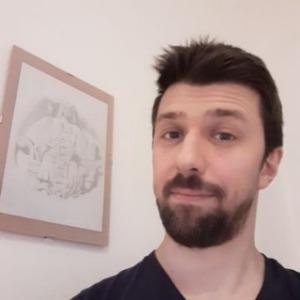

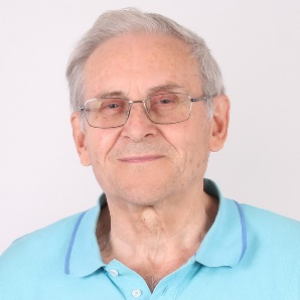
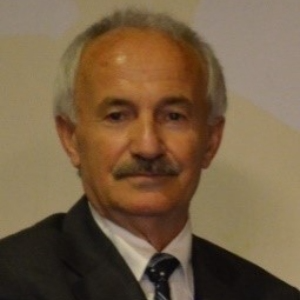
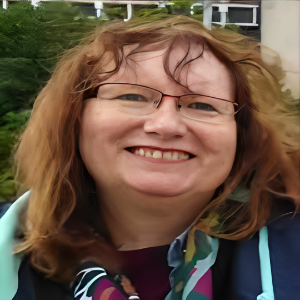

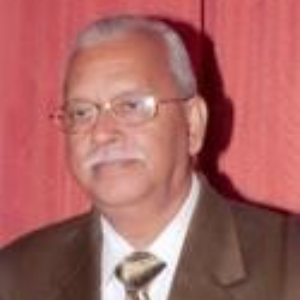
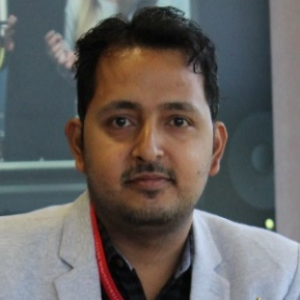




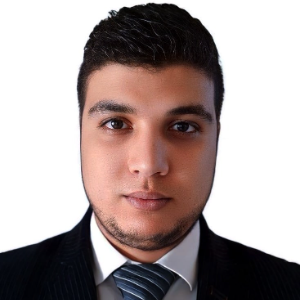


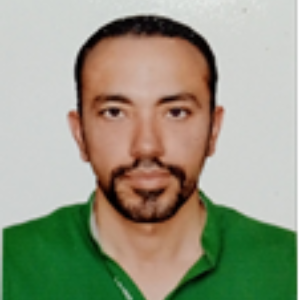
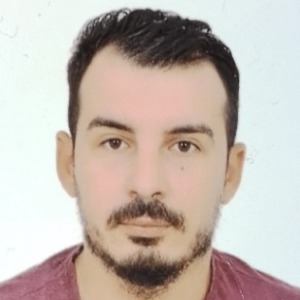


Title : Application of metal single-site zeolite catalysts in heterogeneous catalysis
Stanislaw Dzwigaj, Sorbonne University, France
The metal ions well dispersed at zeolite framework are considered to be active sites of catalytic processes. Therefore, the incorporation of these metals into zeolites as isolated tetrahedral sites appears to be the important task. We have earlier shown that the incorporation of [....] » Read More
Title : One-pot multicomponent syntheses of functional chromophores – Synthetic efficiency meets functionality design
Thomas J J Muller, Heinrich-Heine-Universitat Dusseldorf, Germany
One-pot processes have considerably enhanced diversity-oriented syntheses in the past decades and have become an enabling tool for providing myriads of substance libraries, in particular, in pharmaceutical high-throughput screening and lead finding. Over the past two decades, we [....] » Read More
Title : The effect of redox thermal treatment on copper and cobalt species in the CO2 purification of industrial flue gas
Anthony Abou Rahhal, UCEIV/ULCO, France
Human and environmental health has become a critical concern due to various pollutants mainly CO2 from industrial flue gases that necessities its carbon capture and purification prior to valorization. For the purification of industrial flue gas (CO2, O2, CO, NO, H2O)1, selective [....] » Read More
Title : The effect of physico-chemical properties obtained by various preparation techniques on CoCuAl Oxide for CO2 purification of industrial flue gas
Anthony Abou Rahhal, UCEIV/ULCO, France
Human and environmental health has become a critical concern due to various pollutants mainly CO2 from industrial flue gases that require carbon capture and purification before valorization. For the purification of industrial flue gas (CO2, O2, CO, NO, H2O), selective catalytic r [....] » Read More
Title : Global cooling is not a cost but the best economic investment of the world's people
Luigi Antonio Pezone, Santa Maria Capua Vetere, Italy
Energy development has produced global warming of the planet because the energies produced by humans nuclear, fossil, renewable are not integrated with the natural energy system of the earth, which does not like thermal energy, nor the transport of electrical energy in the terres [....] » Read More
Title : Green synthesis of SnO2@Cu(O,S) nanocomposite catalysts for reduction of Cr(VI) under dark condition
Misganaw Alemu Zeleke, University of Limerick, Ireland
Applying a green technology approach to the synthesis of single phase, heterostructure, and composite heterogeneous catalyst nanomaterials for a wide range of applications in various research fields such as hydrogen generation, antibacterial activities, solar energy utilization, [....] » Read More
Title : Direct air capture cost reduction and market development via process intensification. Establishing the DAC insetting concept
Albert Pujol, Christen Ostenfeld and Wriborg Jonson, Denmark
Direct Air Capture (DAC) technologies are anticipated to achieve megaton-scale by 2030 and gigaton-scale by 2050. However, current capture costs and pace of development cast doubt on DAC's readiness to contribute to the environmental goals in the 2030s. This study introduces [....] » Read More
Title : Microwave transformation of high-density polyethylene to hydrogen: The role of CoFeAlOx catalyst
Michal Vastyl, Technical University of Ostrava, Czech Republic
High-density polyethylene (HDPE) represents a persistent environmental burden due to its exceptional durability. Catalytic decomposition offers a transformative pathway to valorize this waste into valuable energy products. However, the challenge of selective bond cleavage in poly [....] » Read More
Title : An analysis of the magnetic properties of MxSn1-xOy nanocomposites in comparison.
Ahmad Hakamy, Umm Al-Qura University, Saudi Arabia
Nanoscale semiconductors made of metal oxide, such as nanowires, nanoparticles, etc. are effectively used in solar cells, lithium batteries, gas sensing, magnetic data storage, microwave devices, and magnetic actuators. This study examined the magnetic properties of MxSn1−x [....] » Read More
Title : Hydrodeoxygenation of triglycerides/fatty acid over supported metal catalysts for the production of green diesel
Pankaj Kumar, Guru Ghasidas Vishwavidyalaya, India
The hydrodeoxygenation (HDO) of stearic acid to produce green diesel has been studied over alumina supported NiMo, and CoMo catalysts. The alumina supported NiMo and CoMo is a potential alternative to the precious metal catalysts for hydrodeoxygenation of stearic acid (C18:0 acid [....] » Read More
Title : Enhanced CO2 reduction efficiency through tailored metal-support interactions in electrocatalysts
Akanksha Sharma, Ahmedabad University, India
The widespread emission of CO2, pervasive across diverse facets of human activity, has profoundly impacted global economic sustainability. One promising strategy to mitigate this anthropogenic carbon footprint involves the electrochemical reduction of CO2. This transformative pro [....] » Read More
Title : Exploration of photocatalytic and biological applications of plant derived Fe3O4-ZnO heterojunction
Manpreet Kaur, Akal University, India
The main driving factor for the rising interest in plant derived raw material for the synthesis of green nanoparticles is the biocompatibility, which makes them suitable for therapeutic applications. In this work, Zingiber officinale plant extract was used to fabricate ZnO and Fe [....] » Read More
Title : Hydrogen spillover enhances alkaline hydrogen electrocatalysis on interface-rich metallic Pt-supported MoO3
Sudip Barman, National Institute of Science Education and Research, India
The sluggish hydrogen evolution / oxidation reaction (HER/HOR) kinetics in base is the key issue for commercializing alkaline fuel cells and electrolyzers. It’s also quite challenging to decrease the noble metal loading without sacrificing performance. In this talk, I will [....] » Read More
Title : Nanochemistry: Current perspective and further prospects with Artificial Intelligence (AI)
John Godwin, Kogi State College of Education, Nigeria
Application of Nanochemistry in material science is critical in the field of Nanotechnology. Nanochemistry deals with the study of chemical phenomena at the nanoscale of 1 - 100 nanometers. This paper presents the importance of application of AI in Synthesis and characterization [....] » Read More
Title : Visible light-active bismuth oxide-based photocatalytic coatings and their potential against biological contaminants
Marina Ratova, Manchester Metropolitan University, United Kingdom
Rapid development of semiconductor photocatalysis over the past few decades resulted in realisation of growing potential of this technique for environmental remediation processes. Indeed, various types of photocatalytic materials are being successfully implemented in construction [....] » Read More
Title : Gasification of solid wastes for high-purity hydrogen and syngas production with CO2 capture
Xiuping Liao, Macquarie University, Australia
To mitigate the escalating challenges posed by global warming, it is imperative to transition from the predominant use of fossil fuels to sustainable alternatives. Gasification of carbonaceous wastes presents a promising solution by converting waste into gas products, hydrogen (H [....] » Read More
Title : Hierarchically structured nanospherical fibrous silica-supported bimetallic catalysts: An enhanced performance in methane decomposition for simultaneous production of hydrogen and carbon nanomaterials
Rizwan Ali, Khalifa University, United Arab Emirates
Catalytic methane decomposition is an encouraging method for hydrogen production, also enabling the formation of valuable carbon nanomaterials that can be utilized in, transportation fuels, chemical synthesis, and fuel cell technology. In this study, bimetallic 3d transition meta [....] » Read More
Title : Design and performance analysis of a U-shaped slot rectangular microstrip patch antenna for wearable health monitoring systems
Muhammad Kamran Shereen, Southern University of Science and Technology, China
In health monitoring systems, wearable antennas play a crucial role in providing global coverage and enabling seamless communication. To satisfy the requirements of such antennas, key properties such as flexibility, cost, and data transmission rate must be carefully considered. T [....] » Read More
Title : Dehydration dimerization of methano
Farida Babayeva, Institute of Petrochemical Processes, Azerbaijan
Possible use of DME (dimethyl ether) as a clean energy source, implies a sharp increase in the production of this compound. Combination preparation with methanol to DME by dehydration improves the conversion of synthesis gas in a single pass over the catalyst with 15 % (preparati [....] » Read More
Title : Potential serum biomarkers for early detection of diabetic nephropathy
Tarek K Motawi, Cairo University, Egypt
Aim: Diabetic nephropathy (DN) is considered as one of the diabetic complications affectingup to 40% of patients with type 1 or type 2 diabetes. In clinical practice, the frequentlyused markers of renal disease and progression are serum creatinine, estimated glomerular filtration [....] » Read More
Title : Contribution to the valorization of Tetraclinis articulata (thuya) wood sawdust: Hemisynthesis and anticancer activity of natural and hemisynthetic products
Ayoub Boualli, Cadi Ayyad University, Morocco
Objectives: The initial phase of this study involves isolating and characterizing the primary constituents of biomass derived from the plant. The subsequent phase focuses on the chemical modification of these isolated natural components to synthesize new pentagonal heterocyc [....] » Read More
Title : Experimental investigation on the effects of oxidizing and non-oxidizing biocides on microbial disinfection of cooling tower of Kangan Petro Refining Company
Armin Mohebbi, Amir Kabir University of Tech, Iran (Islamic Republic of)
Cooling water systems play a crucial role in a wide variety of industrial processes, from large-scale power plants to smaller setup like air compressor systems in individual buildings. The excessive growth of microorganisms in cooling water system is a significant issue that can [....] » Read More
Title : 3D RuCo spheres on carbon cloth with phosphorus-nitrogen co-doping for improved hydrogen and oxygen evolution electrocatalysis
Abdulwahab Ali Hussein Salah, King Fahd University of Petroleum and Minerals, Saudi Arabia
The pursuit of efficient and affordable electrocatalysts for hydrogen and oxygen evolution reactions (HER and OER) is crucial for advancing renewable energy solutions. In this study, we present a novel bifunctional electrocatalyst, PN-RuCo/CC, comprising phosphorus-nitrogen co-do [....] » Read More